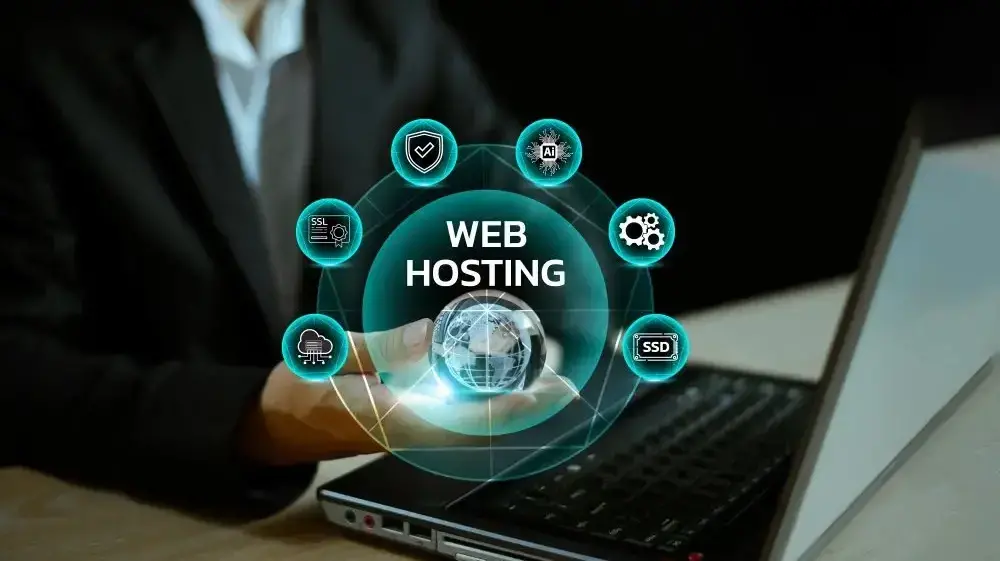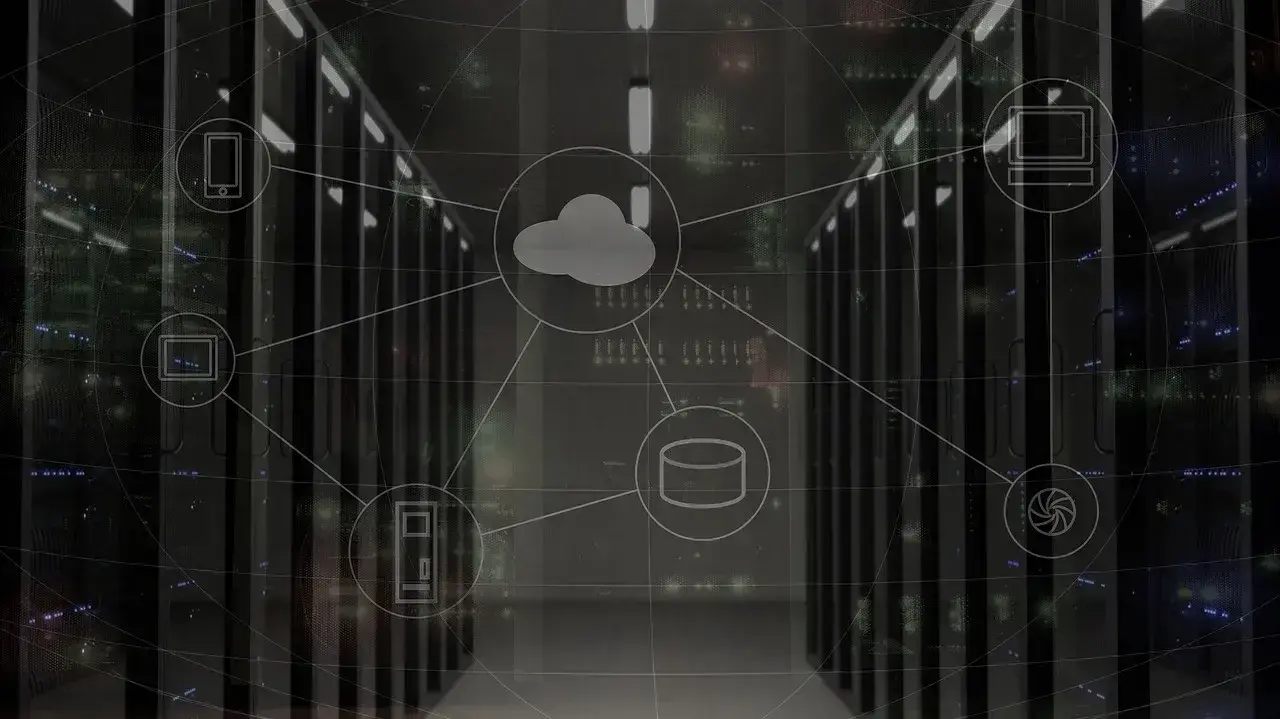“The world has a waste problem”, this statement is backed by statistics. The world generates 2 billion municipal solid waste annually which is also expected to increase by 70 percent in 2050.
The average household produces about 0.74 kilograms waste per person, depending on the location, most waste are usually dumped in large ditches to be burnt or stacked on the way side polluting the environment especially in countries where the process of recycling waste is close to non-existent.
The amount of waste recycled compared to the amount of waste produced is significantly disproportionate. A report by recycler says that 19% of municipal solid waste is recycled globally. Not only do solid waste pollutes the environment, fuel used to power cars, generators, etc also dumps C02 in the atmosphere as well.
A term called clean technology focusses on improving environmental sustainability by reducing the negative environmental impact of human activities like carbon-intensive manufacturing, use of fossil-fuels, waste generation, etc.
In this article, we’ll be discussing what clean tech is, the impact to our environment and the future of the earth. First, let’s dissect how clean technology and environmental sustainability go hand-in-hand.
Environmental Sustainability
Sustainability is the act of meeting our human needs while maintaining resources needed in the future. This means as humans we are responsible for the decisions, we make in ensuring natural resources are available for generations to come.
There are three pillars of sustainability including, environmental, economic and social sustainability.
Environmental Sustainability: Involves preserving natural environment and natural resources.
Economic Sustainability: Involves managing resources and economic growth responsibly.
Social Sustainability: Involves promoting equity and human rights for people and communities.
Clean tech is closely related to environmental sustainability, although it goes beyond this concept. Let’s discuss the concept of environmental sustainability;
Environmental Sustainability
Environmental sustainability involves a practice of managing natural resources to fulfil human needs, and ensuring these resources are available in the future.
It is also the ability to maintain ecological balance in our planets environment and conserve natural resources to support the wellbeing of current and future generations.
Quoting Mike Weinstein from Southern New Hampshire University, sustainability ensures that society operates with ecological borders. In other words humans have boundaries and understanding these boundaries is essential for maintaining sustainability. Environmental sustainability is a critical issue and there are two main importance;
Securing Future Generations: Environmental sustainability secures the well-being of future generations. It ensures that the decisions we make doesn't affect the future negatively. This involves the use and management of resources ensuring that there's enough left for the future.
Combating Climate Change: The effect of climate change can be dire, but can be prevented from escalating by reducing greenhouse gas emissions. This requires individuals, businesses and governments to use renewable sources of energy. For example, we can fight climate change by shifting from fuel vehicles to electric or hybrid vehicles.
Having understood the concept of environmental sustainability, how does clean technology contributes to a sustainable environment?
Clean Technology Explained
The term clean tech became somewhat popular in the 1990s and early 2000 and was popularized by founders of Cleantech group Nick Parker and Keith Raab.
Clean tech is simply the preservation of the environment using materials, processes and practices that reduces or eliminates the creation of wastes or pollution. It also includes a range of technologies related to limiting energy consumption or environmental pollution through performance, and energy efficiency.
Another notable mention in clean technology is the founder of IdeaLab Bill Cross. According to Bill Cross at an event as far back as 2016, statistic stated 85% use of energy consumption relied on fossil fuels. This data highlighted the need to explore a different alternative that would reduce our dependency on fossil fuels.
Here are examples of clean technology today, and they include:
Electric Vehicles
Electrical vehicles (EV) are powered by an electric motor that draws electricity from a battery. They are a part of the green technology, and 50 to 80% lesser carbon footprint when compared to vehicles that utilizes petrol or diesel.
Fossil fuels typically release large amounts of carbon dioxide, a greenhouse gas, into the atmosphere. Pollution from fossil fuel vehicles occurs when the exhaust pipes release carbon dioxide into the atmosphere, and these has caused changes to the earth’s climate. There are various fossil fuels such as coal, natural gas, and oil and they supply 80% of the world’s energy.
EV’s are powered by electricity which eliminates carbon emissions, however, if the electricity comes from coal or natural gas it can still create emissions.
Recycling
Recycling provides solutions to reduce waste and promote environmental sustainability. Plastic for instance, is one of the biggest pollutants in the world, and it is used in various areas of our lives.
There are cases of plastic polluting the ocean, in fact, micro-plastic which are tiny plastic particles, have been found in every part of the human body, including our blood stream, saliva, breastmilk, brain tissue etc, and the biggest source of this particles is bottled water.
The effects of microplastics include DNA damage, cancer development and oxidative damage, among others. This has led to an increased advocacy as regards the use of alternatives like; stainless steel, glass or BPA - free plastic bottles, boxed water made from paperboard material, canned water made from aluminium, and also encouraging carrying reusable bottles.
It is said that less than 10% of plastic produced is recycled, and these waste are floating around in the ocean threatening life in the ocean, or accumulating in landfills, etc.
A German research team developed electrocatalytic recycling method for polystyrene which is commonly used in packaging and construction. The process of recycling uses a nontoxic iron catalyst to break down polystyrene into chemical components like benzoic and benzaldehyde.
The method runs on solar-powered electricity which aligns with the principles of clean energy. Also, the process produces hydrogen gas as a by-product which contributes to green hydrogen production necessary in clean energy.
Recycling polystyrene addresses the waste problem and creates material that can be reused instead of discarded. Recycling reduces waste, creates reusable energy and conserves resources.
Green Web Hosting Services
Green web hosting refers to hosting services that aims to reduce the environmental impact of running servers. Servers require a lot of energy to operate, and often, they are powered by fossil fuels like gas, which release a significant carbon footprint that negatively affects the environment.
Green web hosting seeks to address this by using renewable energy sources and offset programs to reduce the carbon emissions associated with running servers.
Some data centres are now moving towards renewable energy sources like solar, wind power instead of fossil fuels. They are incorporating green energy solution by purchasing renewable energy credits (RECs) which supports production of renewable energy. To offset their carbon footprint, some companies engage in reforestation activities by planting of trees.
Microsoft is also demanding that its suppliers use 100% renewable energy and this is due to the carbon emission from its expanding data centres. This indicates the need for green electricity and carbon removal for environmental sustainability
Alternative Fuels
Alternative fuel also known as non-traditional fuel are fuels that are derived from sources other than petroleum. These fuels include gaseous fuels such as natural gas and hydrogen, alcohols like butanol and ethanol, vegetable and waste-derived oils as well as electricity.
Alternative fuel may include, converting carbon dioxide (CO2) into methane using renewable electricity. CO2, a major greenhouse gas emitted by power plants and vehicle, contribute significantly to global warning.
While the traditional carbon capture methods have been difficult to scale, this new method allows captured C02 to be converted into methane, a reusable energy source.
Methane can be used in power generation, heating and transportation, and it also reduces the environmental impact of emissions from fossil fuels. Other examples of alternative fuels include;
Compressed Natural Gas (CNG) which is used in vehicles as an alternative to gasoline and diesel.
Liquid Natural Gas (LNG) which is used in ships or heavy-duty vehicles.
Synthetic Fuels: Which is the combination of captured carbon dioxide and hydrogen gotten from renewable electricity.
Bioenergy
Bioenergy also known as Biomass is a renewable energy that comes from organic materials such as plants and animal waste to produce electricity and transportation fuels.
Bio energy accounts for 6% of the world’s energy supply. It is derived from various sources including wood, food crops such as corn, waste materials from the forest and farms, energy crops, and other organic sources or waste.
In Canada, biomass is used to fuel vehicles in the transportation sector. This sustainable renewable resource releases low level of carbon dioxide which significantly reduces waste.
During the production of bioenergy, the carbon dioxide released during combustion (a process that involves burning) is offset by the carbon dioxide absorbed by plants during their growth, provided the production of bioenergy is carried out sustainably.
In other words, this means producing bioenergy in a way that doesn't harm the environment, such as replanting trees or crops after utilizing them for energy production.
Bioenergy is a cost-effective and a reliable alternative to the usual energy source like fossil fuels.
Hydroelectricity
Hydroelectricity or Hydroelectric power uses the kinetic energy in moving water to generate electricity. The electricity is then transmitted through the power lines to power stations where it is distributed through electricity grid.
Hydroelectricity or Hydroelectric power is known as one of the oldest and largest sources of renewable electricity. It is easier to obtain and is widely used. It is also renewable, and doesn’t release pollutants into the air, however it requires a lot of water which can affect organisms that rely on the aquatic ecosystem.
Carbon Capture and Storage (CCS)
Carbon capture and storage or CCS is the capture of C02 emissions from industrial processes such as cement and steel production and burning of fossil fuels in generating power. The C02 captured is transported via ship or pipeline and stored underground. It is said to be the key to preventing global warming as it removes C02 from the atmosphere.
The Global CCS institutes 2022 report states that there are 194 large-scale CSS facilities; with natural gas plants in Texas having captured and stored more than 200million tons of CO2 underground.
The purpose is to remove CO2 directly from the atmosphere. The captured CO2 can also be used for manufacturing fuels, building materials among other things. The idea is simple, rather than storing the CO2, it is to be repurposed and put to practical use.
Airborne Wind Turbine
Airborne wind energy system or floating turbine, is a concept for wind turbine where the rotor (the rotating part of the turbine that consist of three blades) is supported in the air without a tower.
Germany plans to build the world’s tallest wind turbine that would surpass the height of the shard in London which is 310 meters tall and will stand at 365.76m tall. This turbine is expected to generate twice as much energy as other existing wind turbines.
Compared to the traditional style of the wind turbine the construction of the tower for the floating turbine would consume less materials. It is also expected to get higher velocities and persistence of the wind at higher altitudes.
According to studies, the world consumes 18 TW (terawatts) of power, and this amount of power can be extracted from high-altitude winds without negatively impacting the world's climate.
The idea is that if the turbines can reach higher altitudes compared to the world’s tallest turbine, which stands at 919 feet (280 meters), they would be able to generate more power.
Categories of Airborne wind turbine include;
Fly-Gens: The generator is located onboard the flying component like a quad-copter, once generated in the sky the electricity is sent to the ground via a tether that contains an electrical wire.
Ground-Gen: The generator is located on the ground. To generate electricity, airborne components like drone’s, sails and kites, fly in the sky and pull on the tether connected to the ground-based generator. This pulling motion, similar to that of a yo-yo, converts mechanical energy into electricity.
These systems cause less disruption to the environment, and also produces less noise. They also occupy less space so there's more room for agricultural or other uses.
Solar Energy
Solar energy involves extracting power from the sun. Solar panels convert sunlight into electricity and are made of semiconductor materials that absorb sunlight. The sun is abundant, making it a renewable resource; also, solar panels are low maintenance.
This type of electricity generation doesn't involve emitting greenhouse gases which is a threat to the environment. Solar power can be used for both small- and large-scale purposes, for example you can use it in your home, businesses, farms, etc.
Water Reuse
This involves innovative methods to recycle, treat, and reuse water, reducing waste and conserving resources in ways that are friendly to the environment. Recycling freshwater can be used in irrigation or industrial purposes, while treating and reusing water reduces untreated wastewater released into the environment.
Limitations of Clean Technology
Finance: Finance is a huge barrier when it comes to using clean technology. It can be an expensive solution for household, businesses and under developed countries.
Irregularity of Renewable sources: Renewable sources like solar depend on the weather, and there may be challenges during cloudy or windy days which means that the energy supply is inconsistent.
Infrastructure Reliant: Clean technologies like EV (Electric Vehicles ) require infrastructure like charging stations which can be expensive to implement.
Scalability: Scalability is also a cause for concern especially scaling up to more widespread use, it can be challenging in terms of logistic and also economically.
Summary
Human beings need to play a part in preserving the earth and it’s resources, and one way we can achieve this is by opting for sustainable and renewable resources. Recycling is a common practice across the globe. It involves converting waste into new reusable materials and as individuals we should be more conscious of how we manage our waste.
There are various organizations that focus on recycling waste, and enable sustainability performing recycling such as converting non-recyclable waste into ultra-clean fuel.
Clean technology, ensures that resources are repurposed, conserved, and used in innovative ways that is environmentally friendly.
Frequently Asked Questions
How does green web hosting differ from traditional web hosting?
Green web hosting places an emphasis on using renewable energy sources and energy-saving techniques, whereas regular web hosting frequently uses non-renewable energy sources.
Additionally, ecologically beneficial programs like trash reduction and carbon emission offsets are prioritized by green web hosting.
How does e-commerce website localization contribute to global growth?
E-commerce website localization contributes to global growth by enabling businesses to connect with diverse markets, build trust with local consumers, and foster meaningful connections. It ensures businesses speak the language of the customer, both literally and figuratively, paving the way for sustained success in the global marketplace.
What are the benefits of green hosting?
Green hosting has many advantages, such as lowering an organization's carbon footprint and encouraging other environmentally conscious efforts to succeed; boosting sustainability; enhancing dependability; bolstering security; and maximizing efficiency.
What types of businesses benefit most from Green VPS Hosting?
Eco-conscious businesses, NGOs, startups, and any organizations aiming to reduce their environmental footprint without compromising performance will find Green VPS Hosting ideal.

Jessica Agorye is a developer based in Lagos, Nigeria. A witty creative with a love for life, she is dedicated to sharing insights and inspiring others through her writing. With over 5 years of writing experience, she believes that content is king.
View all posts by Jessica Agorye




















